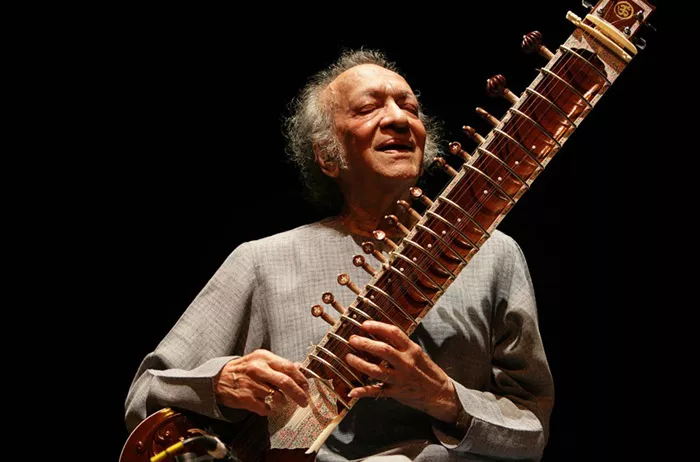The Delhi High Court has ruled that original compositions based on Hindustani classical music traditions can be protected under copyright law if they demonstrate sufficient creativity and originality. This decision came following a copyright infringement suit filed by Ustad Faiyaz Wasifuddin Dagar against renowned composer A.R. Rahman.
Dagar accused Rahman of basing his song “Veera Raja Veera,” featured in Ponniyin Selvan 2, on “Shiva Stuti,” a Dhrupad composition by the Junior Dagar Brothers. However, the producers of the film countered that “Shiva Stuti” was a traditional composition and argued that no exclusive rights could apply to classical works that are part of the public domain, such as those based on Raga Adana.
The High Court clarified that while ragas, taals, and stylistic traditions belong to the public domain and can be freely used, any original and creative arrangement of musical notes within these frameworks qualifies as a unique composition eligible for copyright protection under Section 13 of the Copyright Act, 1957.
The court noted that compositions within Hindustani classical music must follow the structure and rules of a raga to be identified as part of it. Composers have multiple choices within a raga’s structure, and works derived from original classical compositions could potentially infringe on copyright.
Justice Prathiba M. Singh emphasized that the law has evolved through amendments to protect certain creative works, including those based on Hindustani classical music. She acknowledged the plaintiff’s argument that while there is no copyright in a raga itself, the compositions made within it can be original and eligible for protection. Composers can set classical compositions to a raga, making their work eligible for copyright.
The court rejected Rahman’s defense that any similarities between the two compositions were due to both following the same raga. It ruled that the core of “Veera Raja Veera” was not merely inspired by “Shiva Stuti” but was strikingly similar in terms of swaras (notes), bhava (emotion), and aural impact, particularly from the perspective of a lay listener.
Justice Singh also noted that the aural effect of music, rather than technical notation, should be the determining factor in assessing musical similarity in Indian classical music. The court highlighted that Rahman had deliberate access to the original composition, as two of the singers in the song were disciples of the plaintiff. Rahman had specifically sought compositions from the Dagarvani tradition, making the choice of “Shiva Stuti” a conscious decision.
In its ruling, the High Court directed all online and OTT platforms to update the credit slide for the song to read: “Composition based on Shiva Stuti by Late Ustad N. Faiyazuddin Dagar and Late Ustad Zahiruddin Dagar,” replacing the previous acknowledgment. It also ordered the defendants to deposit Rs. 2 crore in a fixed deposit pending the trial’s outcome and to pay Rs. 2 lakh in costs to Dagar within four weeks.
Related Topics

